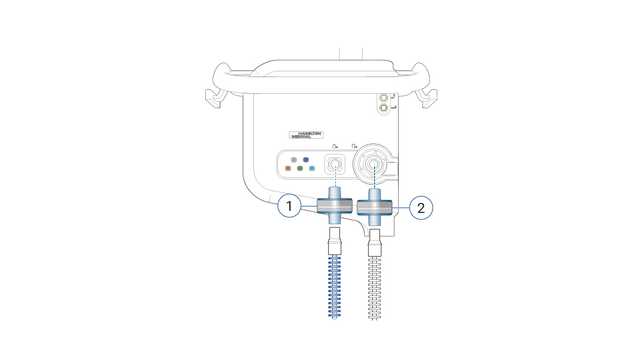
Author: Uwe Scherzer, Matthias Himmelstoss
Date of first publication: 04.08.2022

This concern has prompted greater consideration of controlling the exhaled gas from the ventilator, which is best managed by using filters in the expiratory limb of the ventilator circuit. Correct placement is essential to ensure the efficacy of both the filter and the whole patient circuit.
To prevent any bacterial and viral contamination being released by the patient through the expiratory limb and exhaust port into the enivornment, a highly efficient hydrophobic filter (e.g., PN U50; PN 201022) should be placed in front of the expiratory valve. Humidity and nebulized drugs might affect the resistance of the expiratory filter, so be sure to monitor expiratory flows and exchange the filter at intervals of 24 hours or less as recommended in the respective instructions for use.
If you use a proximal bacterial and viral HMEF (heat and moisture exchanger filter) together with unheated coaxial or dual limb breathing circuit sets, please position it between the flow sensor and the flextube as described in the respective ventilator’s Operator’s Manual. In this position, a highly efficient HMEF filters both the inhaled and exhaled gases, and there is no need for an additional filter at the inspiratory or expiratory port.
Note, that if you are using active humidification and therefore are not using an HMEF, please use a pleated hydrophobic bacterial and viral filter on both the inspiratory and expiratory ports of the ventilator.
In the images below, you can see the correct positioning for filters on the various models of Hamilton Medical ventilator.
1. Inspiration: Highly efficient hydrophobic bacterial and viral filter
2. Expiration: Highly efficient hydrophobic bacterial and viral filter
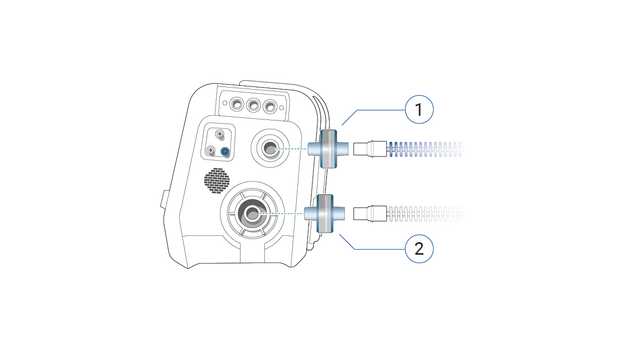
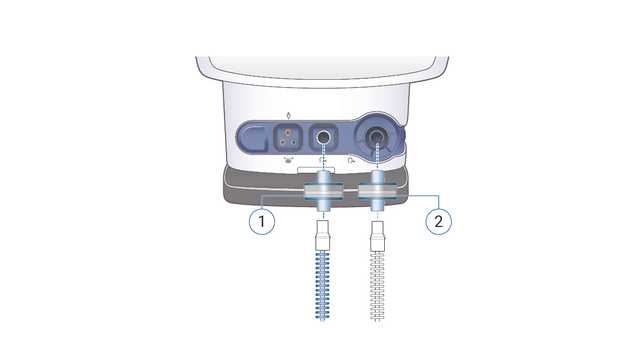
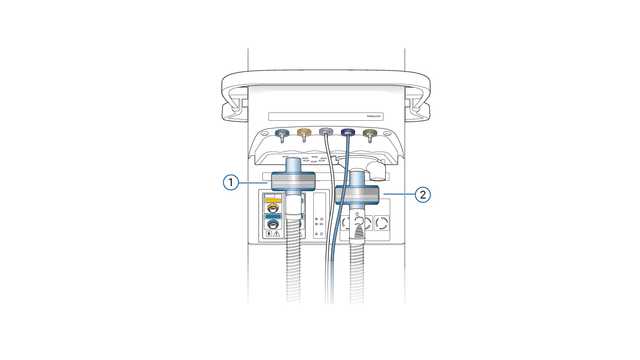


Does a High Efficiency Particulate Air (HEPA) filter offer full protection against viral cross-contamination?
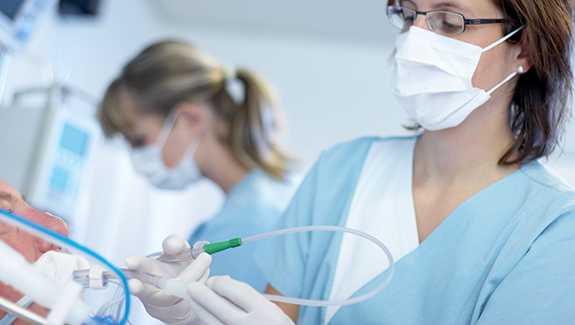
This article gives you an overview of possible measures that may be taken to ensure protection against internal contamination of the ventilators, as well as protection of patients and clinical staff.
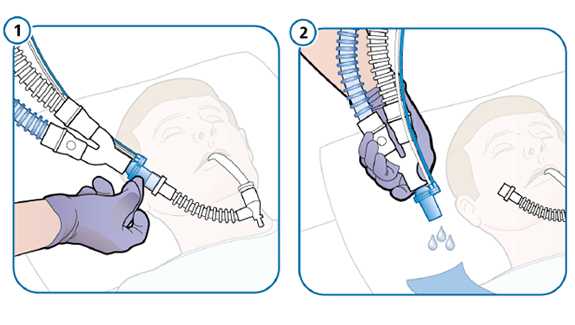
The application note available for download below provides valuable information about the positioning and maintenance of breathing circuits and their components.